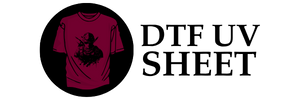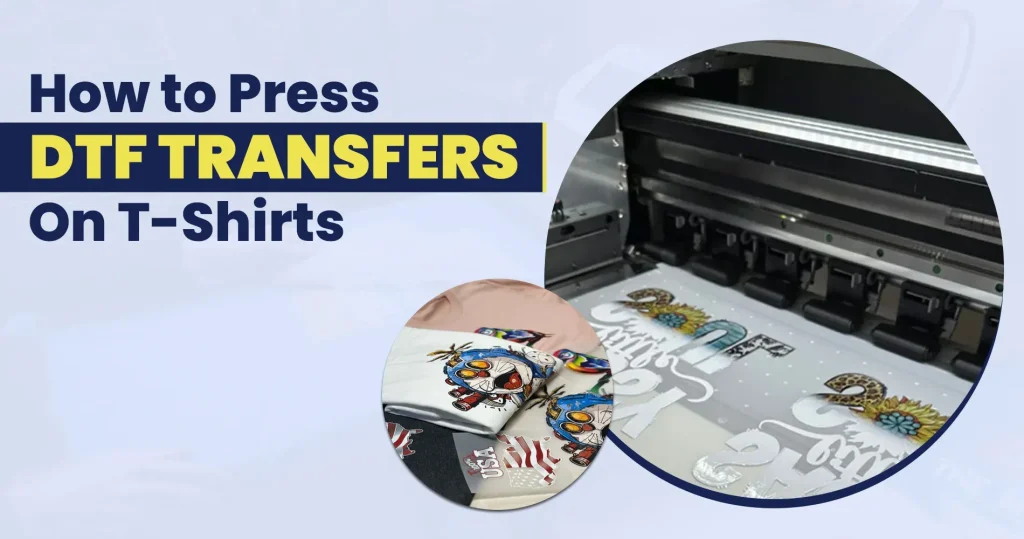DTF Transfer, or Direct to Film transfer printing, is revolutionizing the custom fabric printing industry with its cutting-edge techniques that allow for vibrant and durable prints. This innovative method not only enhances the quality of designs but also provides exceptional versatility for various fabric types. By optimizing artwork and mastering DTF transfer techniques, designers can achieve stunning results that capture the essence of their creative vision. As we explore the intricacies of DTF transfer by size, we’ll uncover how precise measurements and thoughtful artwork adjustments play a crucial role in creating perfect prints. Whether you’re experimenting with bold graphics or intricate designs, embracing DTF transfer printing can elevate your apparel customization game to a whole new level.
In the realm of textile printing, Direct to Film technology stands out as a modern solution for transferring designs onto fabrics. This innovative approach allows artists and apparel makers to produce high-quality prints that maintain their brilliance over time. Known for its flexibility, this method caters to a variety of fabric materials, making it a preferred choice for custom fabric printing projects. By employing effective DTF transfer strategies and considering factors such as design size and resolution, creators can ensure that their artwork resonates with intended audiences. Delving deeper into DTF technologies reveals key insights necessary for maximizing print outcomes and meeting consumer demands.
What is DTF Transfer Printing?
DTF transfer printing stands for Direct to Film transfer printing, a revolutionary technique that allows detailed designs to be printed on fabric using heat and pressure. The process begins with the design being printed onto a special film, which is then applied to the fabric. This method is notable for its versatility, enabling the use of various fabric types while delivering vibrant colors and high-quality images. DTF printing stands out due to its ability to produce intricate designs that can withstand washing and regular wear, making it an excellent choice for custom fabric printing.
The mechanics of DTF transfer printing also make it an efficient option for businesses looking to scale production. Unlike traditional methods of printing, DTF allows for rapid printing and easy manipulation of artwork sizes. This flexibility enables designers to adjust their designs seamlessly, enhancing their ability to cater to specific customer needs. Furthermore, because DTF can be used on both light and dark fabrics, it opens up a broader market for custom apparel, increasing its popularity among both small businesses and larger manufacturers.
Frequently Asked Questions
What is DTF transfer printing and how does it work?
DTF transfer printing, or Direct to Film transfer printing, is a cutting-edge method that involves printing designs onto special film. The film is then transferred to fabrics using heat and pressure, resulting in vibrant, high-quality prints that can last for years. This technique offers flexibility in customization, making it ideal for various fabric types.
How can I optimize artwork for DTF transfer by size?
To optimize your artwork for DTF transfer by size, start by measuring the printing area of your garment accurately. Ensure your artwork matches these dimensions to avoid distortion. Additionally, creating designs at a high resolution (300 DPI or above) is crucial for maintaining print quality.
What are the best practices for DTF printing resolution?
When preparing artwork for DTF printing, maintaining a resolution of 300 DPI or higher is essential. Low-resolution images can become pixelated or blurry when transferred onto fabric, undermining the quality of your custom fabric printing. Always check your artwork’s resolution before finalizing the design for print.
What types of designs work best for DTF transfer techniques?
Simpler, bold designs are preferred for DTF transfer techniques. Intricate designs may not translate well and can lose detail during the transfer process. Opt for striking visuals that convey a message clearly and maintain integrity, ensuring a successful print.
Which materials are compatible with DTF transfer printing?
DTF transfer printing works best on fabrics like cotton and polyester, as these materials absorb ink effectively. Always consider fabric type when optimizing artwork, as different materials can affect the final appearance and durability of the print.
What trends are emerging in DTF transfer printing?
Current trends in DTF transfer printing include the use of eco-friendly inks and advancements in printing technology. Sustainable practices are becoming important to consumers, and technological innovations are enhancing the efficiency and capabilities of DTF transfer techniques.
| Key Point | Description |
|---|---|
| Getting Acquainted with DTF Transfer | DTF transfer involves printing designs on special film which are then transferred to fabrics using heat and pressure for vibrant and high-quality results. |
| Importance of Artwork Sizing Considerations | Understanding original dimensions and ensuring high resolution (300 DPI or higher) are critical for achieving a professional finish. |
| Design Complexity – A Balancing Act | Simplifying designs enhances transfer quality, while careful color selection ensures better outcomes on various fabric types. |
| Material Compatibility – The Fabric Factor | DTF transfers work best on cotton and polyester; understanding ink absorption is key for optimal results. |
| Pre-Application Testing – A Necessary Step | Conducting pre-tests on similar fabric helps identify adjustments before mass production, improving final quality. |
| Trends in DTF Transfers | Emphasis on eco-friendly inks and technological advancements are shaping the future of DTF printing. |
Summary
DTF Transfer is a revolutionary printing method that allows for vibrant and high-quality designs on fabrics. By optimizing your artwork through precise sizing, high resolution, simplification of designs, and an understanding of fabric compatibility, you ensure stunning results. Additionally, embracing eco-friendly practices and technological advancements can significantly enhance the printing process. As you implement these strategies, you unlock the full potential of your artwork in the dynamic world of apparel customization.



